Every year, there are more new application possibilities for robots. Healthcare is one sector where new technologies continually open up interesting use cases for robotics.
Just like any other robot application, programming is a vital step when deploying a new application for healthcare tasks.
How do we program healthcare robots?
You can program some healthcare robots in the same way as industrial robots. For example, you can use an offline programming software such as RoboDK. However, other tasks require different programming approaches.
Let’s look at some of the most recent robotic additions to the healthcare sector and explore how you can program such robots.
1. Cleaning Robots
Ultraviolet (UV) disinfecting became extremely popular over the course of the Covid-19 pandemic. This is because it provides a non-contact way to clean. Robots like Puductor2 can autonomously disinfect a hospital environment using this method.
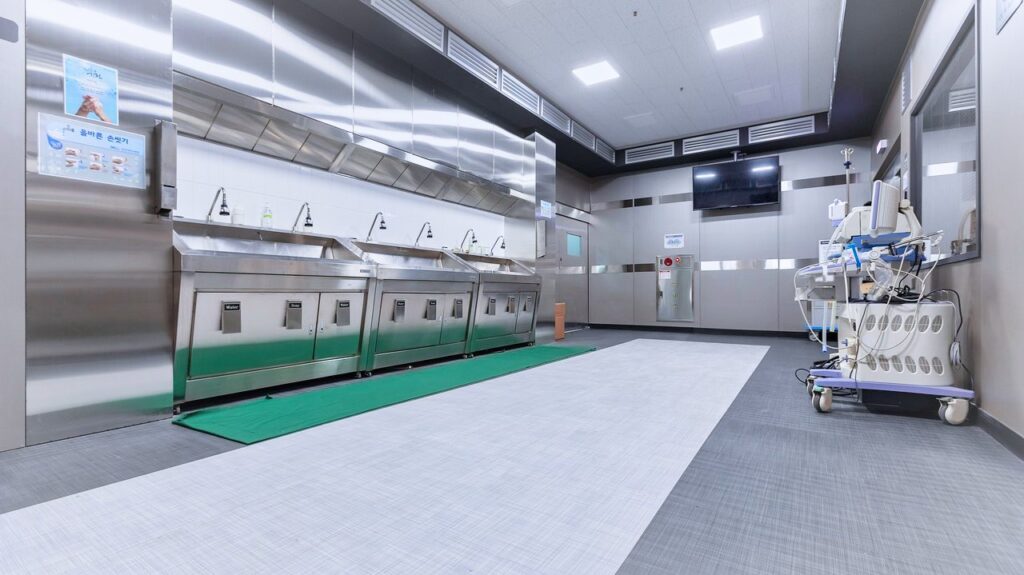
How it’s programmed
As autonomous guided vehicles, you can program cleaning robots with machine learning and simultaneous localization and mapping (SLAM). Just like a robotic vacuum cleaner, they autonomously navigate around a building while avoiding obstacles; creating a map as they do so.
2. Mental Health Robots
A recent study found that 68% of people would rather talk to a “robot” about their mental health issues than to a person. Consequently, this has opened up an interesting new use case for robots as it aims at easing people’s mental health concerns.
How it’s programmed
In this case, the term “robot” is not referring to the physical robots that we most often talk about at RoboDK. Instead, they are like AI chatbots. You can program them using a combination of natural language processing, a topic-specific database, and machine learning.
3. Robotic Surgery
In addition, probably the most well-established robot application in healthcare is robotic surgery. Specifically, they have used the da Vinci robot for years in robot-assisted minimally invasive surgery. Recently, this robot also allowed 14 surgeons to work on the same cancer operation.
How it’s programmed
For the most part, they do not actually program surgery robots. They are telerobots; which means that the surgeon operates the robot themselves. They can use a bilateral control system to control them, which ensures that every movement the surgeon makes, the robot can replicate.
4. Robot-Assisted Knee Replacement
The latest in robotic surgery is a robot-assisted cutting arm for knee surgery. In a similar way to collaborative robots, this robot can operate alongside the surgeons when they are replacing a patient’s knee. They provide extra precision to the operation, drastically improving recovery time.
How it’s programmed
As with other surgery robots, the surgeon controls the robot directly, this time by physically moving the robot. As a result, it’s likely that such robots are also based around advanced control system programming.
5. Robots for Testing Products
A more familiar task for those of us using industrial robots, testing products such as medications and healthcare-related devices is perfect for robotics. You can program the robot to perform repetitive motions that stress test the product. A recent and surprising example is a set of robotic jaws that they used to test medicated gum.
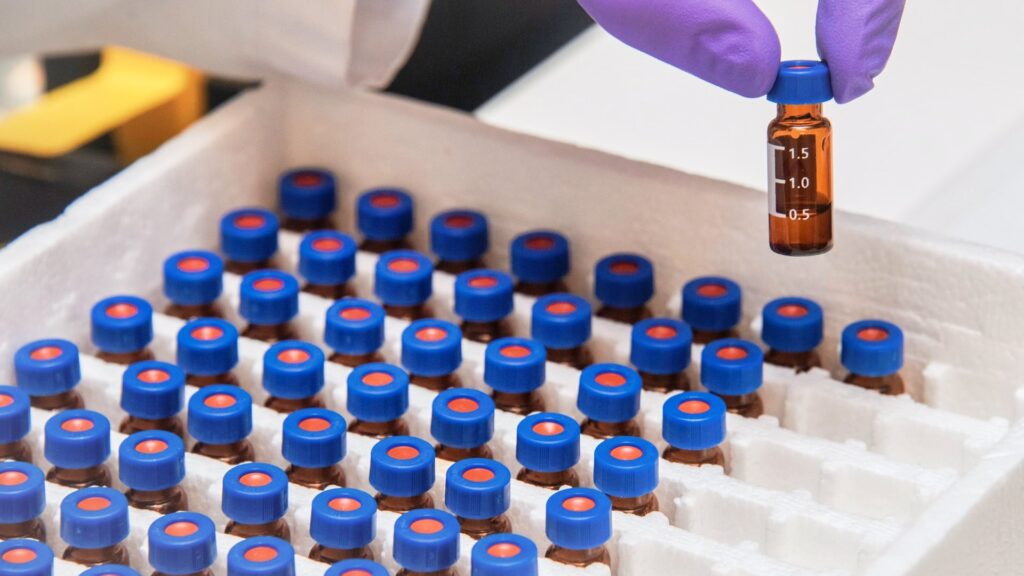
How it’s programmed
For most product testing applications, you can program your robot in the same way as an industrial robot. With offline programming, you create your robot program in a graphical interface. You can also program it with a text-based programming language; then download it to the robot and put it into production.
6. Inspection Robots
Robotic inspection is a useful application in many industries; from manufacturing to aerospace. One proposed healthcare-related application is to use robots with UV probes to test the nutritional value of food products.
How it’s programmed
As with any robotic inspection task, programming is a simple case of instructing the robot to the desired points or paths in the robot’s workspace. By integrating the sensor probe into the programming, the robot can easily collect data autonomously.
7. Diet-Assistance Robots
Continuing with food-related health, some researchers have proposed using social robots to help people stick to their diets. The robot acts as a kind of “health coach,” providing tips on healthier eating.
How it’s programmed
Similar to the mental health-related robots mentioned above, the main programming done here is to create a simple form of artificial intelligence. As the researchers also incorporated a physical robot into the study, they would also program it. They would probably program it with a high-level programming language like Python or C++.
8. Telepresence Doctors
One healthcare application that was increasingly necessary during the Covid-19 pandemic is telepresence. Through these remotely-controlled robots, doctors can visit the bedsides of patients by driving the robot. They can also speak to them via a video link.
How it’s programmed
Depending on the complexity of the robot, programming methods will vary. Doctors can drive the simplest telepresence robots, using instructions like “forwards” or “turn left.” However, they can also drive these robots by clicking on the desired location in the video image. These will include some self-driving algorithms.
9. Improving Healthcare Efficiency
Finally, robots are improving the efficiency of some healthcare tasks more than ever before. For example, they are using collaborative robots to reduce the number of repetitive tasks that people need to perform in routine blood tests.
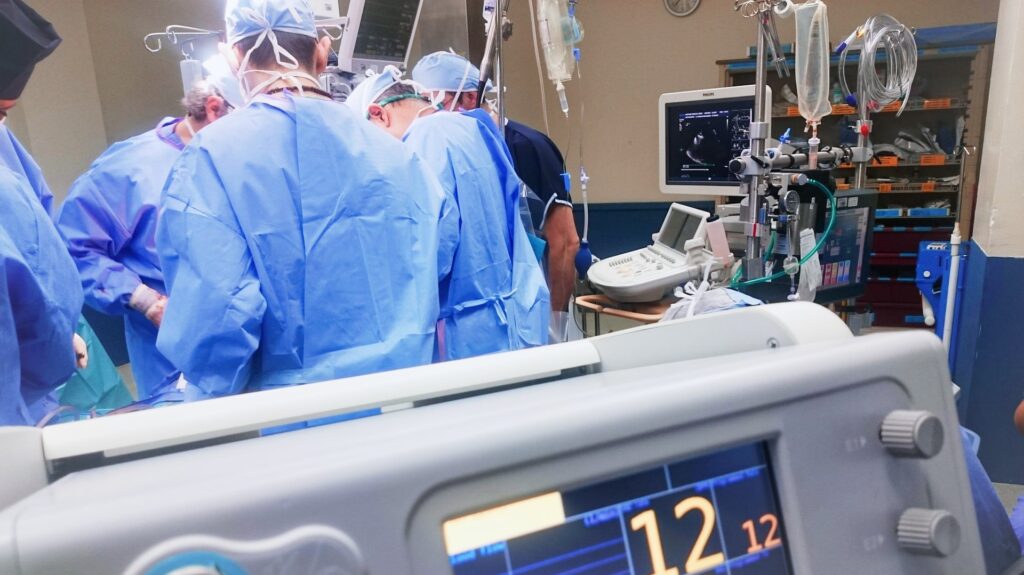
How it’s programmed
They can program repetitive tasks just like any industrial task; which is very simple if you are using the right software.
As you can see with the examples above, there are many ways to program a robot for a healthcare application. The choice of programming method will depend on the needs for the task.
If your application involves controlling a robotic manipulator, offline programming is a good option. For other tasks, you have many other options!
What method of programming would you use for a healthcare application? Tell us in the comments below or join the discussion on LinkedIn, Twitter, Facebook, Instagram, or in the RoboDK Forum.

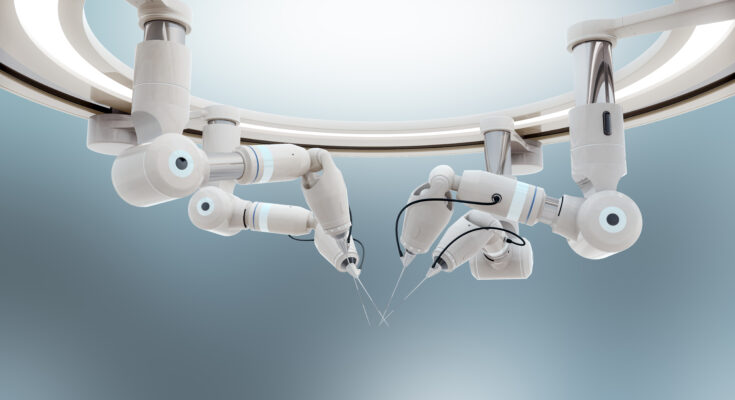
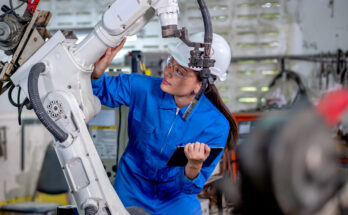
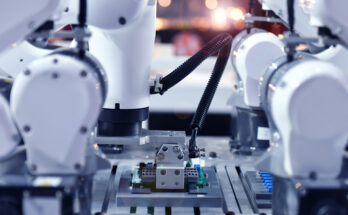
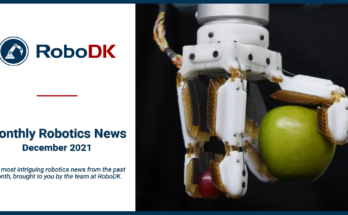
Thank you for sharing the article of 10 surgical robots and how they are performed.